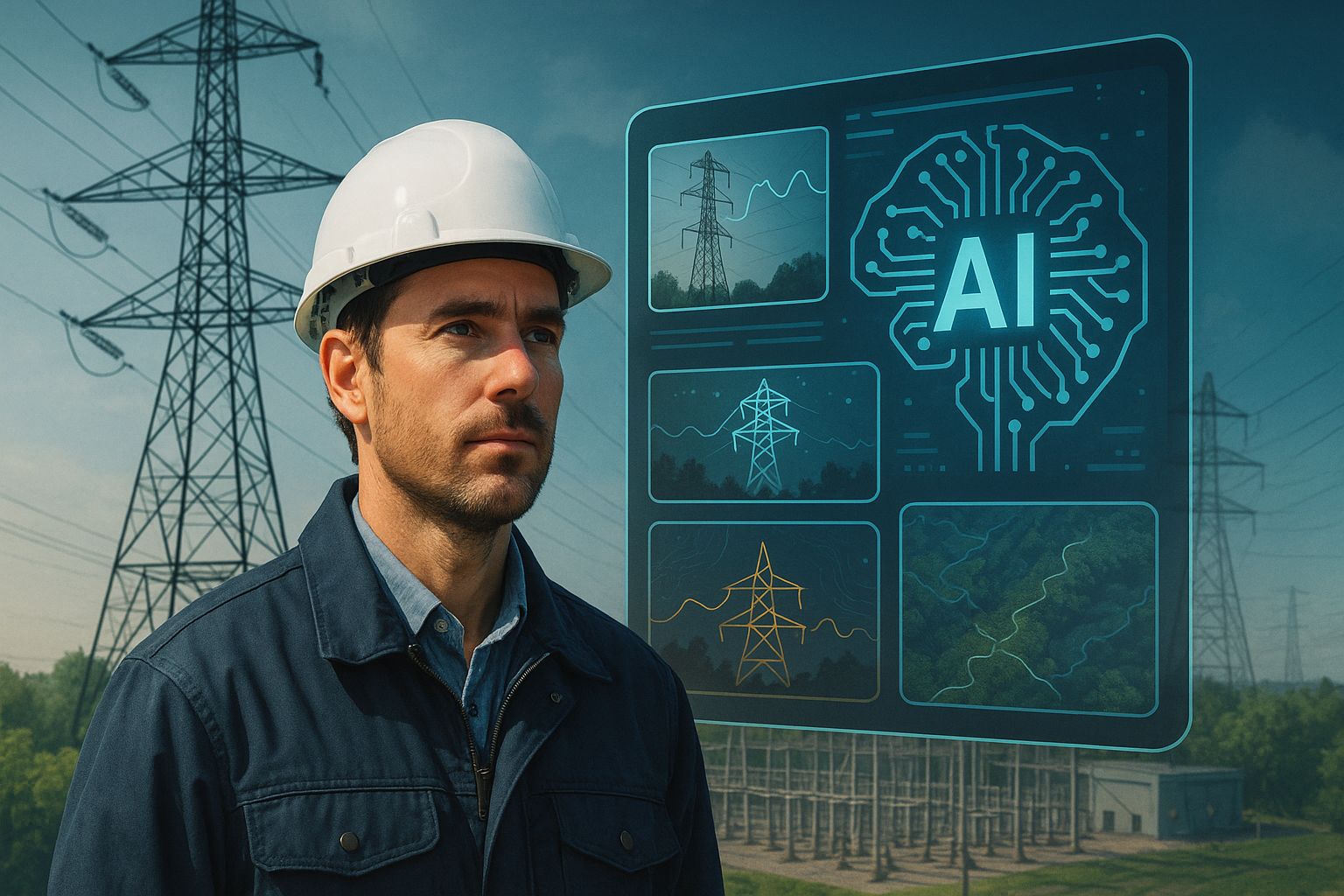- The Midas Report
- Posts
- GE Vernova Makes a Bold Move to Revolutionize Grid Monitoring
GE Vernova Makes a Bold Move to Revolutionize Grid Monitoring
3 min read.

GE Vernova has taken a dramatic step forward in modernizing the energy grid. With the acquisition of French AI specialist Alteia, the company is embedding cutting edge visual intelligence into its GridOS software. This move puts GE Vernova squarely at the forefront of a smarter, more resilient power infrastructure and it is a game changer for utilities worldwide.
Why This Acquisition Matters
The deal adds powerful computer vision tools that can process visual data from drones, satellites, and field cameras. That lets grid operators detect line damage, assess vegetation risks, and monitor assets in real time. When combined with operational data, this provides a single pane of situational awareness for grid management. It is not just analytics. It is actionable insight built for scale.
What Utilities Will Get
Operators can now inspect thousands of miles of electric lines without boots on the ground. GridOS Visual Intelligence will highlight issues before they cause outages. It will also suggest maintenance priorities, flag critical incidents, and feed data into prioritization workflows. All of this is now integrated with outage models, weather forecasts, asset history, and dispatch systems. It is a shift from reactive fixes to proactive grid resilience.
Why It Changes the Game
This deal aligns powerful hardware and the software that controls it into one feedback loop. GE Vernova gains a compelling competitive edge by offering both turbines and tomorrow’s grid monitoring layer. The acquisition reinforces its ability to deliver software defined solutions across the entire energy stack. With global investment in grid upgrades surging, it is a play designed to capture long term strategic value.
What Comes Next
The Alteia deal is expected to close by August 1 and will roll into GridOS across GE Vernova’s global customer base. Watch for faster adoption of AI powered asset management, plus potential expansion into other energy sectors like wind and storage. Partnerships with utilities and federal agencies may accelerate as regulators prioritize grid security and resilience.
What Founders and Builders Should Do
If you work in infrastructure monitoring, this is now table stakes. AI powered visual inspection is the fastest route to commercial scale in utility tech.
Builders should think about integration computer vision, time series, control systems and layered workflows built on real field data. That is where real impact lives.
For investors, the race to own the intelligence layer on the grid is now fully underway. If you are backing companies in energy software, AI vision and grid operations, this move signals the beginning of an arms race.